Flexible optical cables are fiber optic cables specially designed to transmit light signals in environments requiring high flexibility and durability. These cables are generally composed of several optical fiber cores, protective layers and outer sheaths, ensuring optimal performance and reliability even when flexed, traction and compression.
Working principle of flexible optical cables
Flexible optical cables transmit light signals thanks to the principle of total internal reflection in optical fibers. The fibers are made of high purity glass or plastic. Light signals are transmitted in the fiber core with very low losses. Sheath material has a lower refractive index, ensuring that light signals reflect multiple times inside the fiber core without escaping. The design of flexible optical cables allows them to be bent and installed in complex and tight spaces while maintaining stability and efficient signal transmission. This feature makes flexible optical cables widely used in long distance communications, data centers, industrial automation and medical equipment.
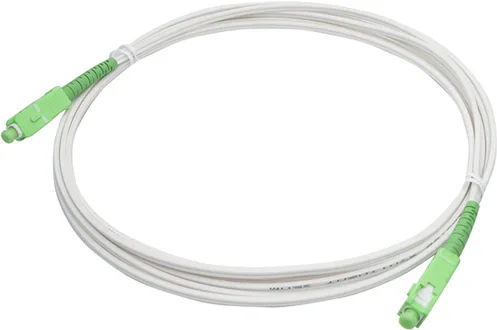
Structure of flexible optical cables
Structure commune
Optical fiber core : Made of high purity glass or plastic, it is used to transmit light signals.
Sheath : Surrounds the fiber core, ensuring that light signals stay inside the core without escaping.
Protective layer : Typically made from polymers such as polyester or polyurethane, it protects the fiber core from mechanical damage and environmental influences.
Outer sheath : The outer protective layer provides mechanical strength and environmental protection, and is usually made from materials such as PVC (polyvinyl chloride), the EP (polyethylene) or LSZH materials (low smoke and halogen free).
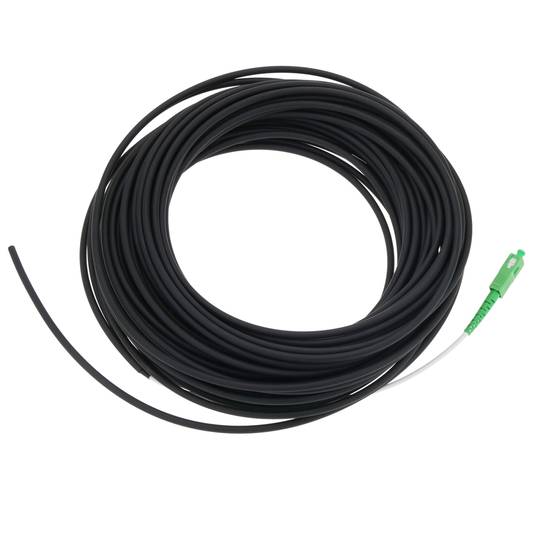
Classification by number of fibers
Single fiber structure : A single optical fiber is wrapped in a protective layer.
Structure multi-fibres : Several optical fibers are encapsulated in a tubular structure and protected by several layers.
Reinforcement : Includes steel wires or aramid fibers to increase strength and tensile capacity.
These different structures allow flexible optical cables to adapt to a variety of applications and environments, thereby ensuring reliable and stable signal transmission in various contexts such as long-distance communications, data centers, industrial automation and medical equipment.
Common models of flexible optical cables
G657-A1
Features : Great bending flexibility, allowing a smaller radius of curvature (like 10mm), with low attenuation under curvature condition.
Settings
Radius of curvature : 10mm
Mitigation : < 0,35 dB/km @ 1310 nm, < 0,25 dB/km @ 1550 nm
Applications: Used for FTTH (optical fiber to the home), FTTB (optical fiber to the building), data centers and indoor cabling.
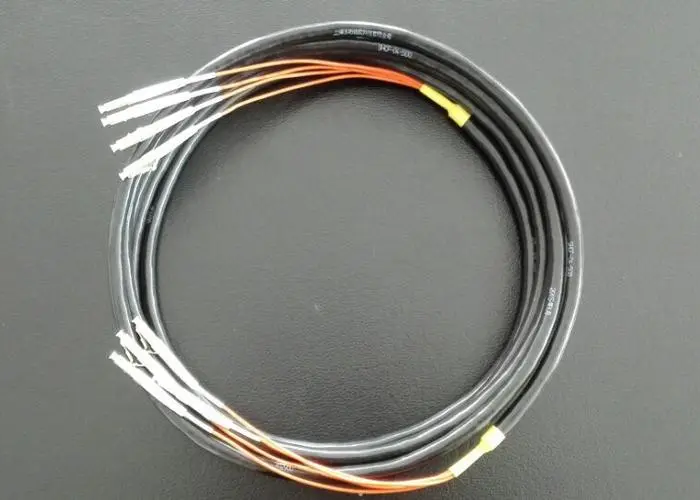
G657-A2
Features : Similar to G657-A1, but with even higher bending flexibility, allowing a smaller radius of curvature.
Settings :
Radius of curvature : 7,5mm
Mitigation : < 0,35 dB/km @ 1310 nm, < 0,25 dB/km @ 1550 nm
Applications : Used in environments requiring greater wiring flexibility, such as complex cabling inside buildings and high-density installations.
G652D
Features : Standard single-mode optical fiber, with low attenuation and low dispersion, suitable for long distance transmission.
Settings :
Mitigation : 0,34 dB/km @ 1310 nm, 0,22 dB/km @ 1550 nm
Dispersion : 18 ps/nm/km @ 1550 nm
Applications : Long distance telecommunications networks and metropolitan networks (MAN).
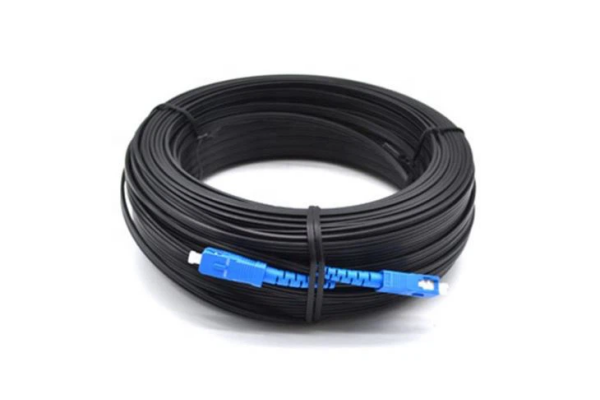
G654C
Features : Ultra-low attenuation and low dispersion, suitable for very long distance transmission.
Settings :
Mitigation : 0,19 dB/km @ 1550 nm
Dispersion : 20 ps/nm/km @ 1550 nm
Applications : Submarine cables and backbone networks.
G651
Features : Multimode optical fiber, wide bandwidth, suitable for short distance transmission.
Settings :
Mitigation : 3,0 dB/km @ 850 nm
Bandwidth : 2000 MHz·km @ 850 nm
Applications : Local networks (LAN) and data centers.
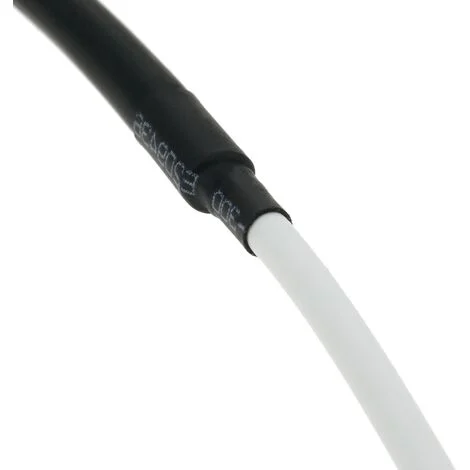
These different models of flexible optical cables each have unique characteristics and specific applications, meeting communication needs in various environments. G657 series stand out for their high flexibility and low attenuation, making them particularly suitable for complex, high-density cabling environments. G652D and G654C models excel in long and ultra-long distance transmission. The G651 model, as multimode fiber, is ideal for short distance applications requiring high bandwidth.
Advantages of ZMS flexible fiber optic cables
High flexibility
Features : Flexible optical cables have great bending flexibility. They can be installed in tight and complex spaces without affecting the transmission of light signals.
Benefits : This makes them particularly suitable for use in buildings, data centers and other environments requiring high-density cabling.
Low attenuation
Features : Even with a small radius of curvature, flexible optical cables maintain low signal loss.
Benefits : Ensures signal quality and stability over long distances, Significantly reducing the need for signal amplifiers.
Interference resistance
Features : Optical fiber transmission is not affected by electromagnetic interference.
Benefits : In environments with strong electromagnetic fields or other sources of interference, flexible optical cables can provide more stable and reliable signal transmission.
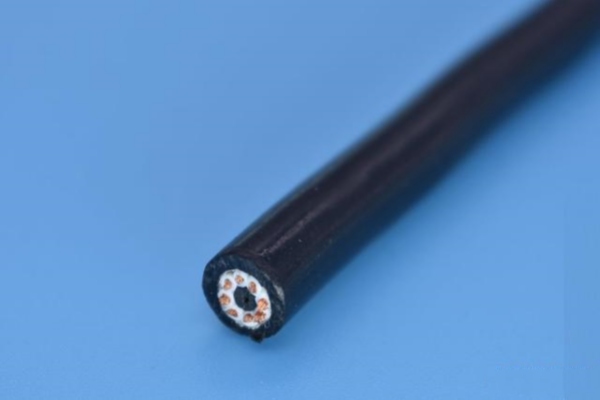
Wide bandwidth
Features : Flexible optical cables can support high data transmission rates.
Benefits : Adapted to modern communication needs such as high definition television, data centers, the Internet and 5G networks.
Sustainability
Features : Flexible optical cables are generally made from high strength materials, capable of resisting mechanical damage, to chemical corrosion and environmental influences.
Benefits : Long lifespan and low maintenance costs, suitable for harsh environments.
Lightness
Features : Compared to traditional copper cables, optical cables are lighter.
Benefits : Reduces the difficulty and cost of installation and transportation, especially for large installations.
Flexible optical cables have advantages such as high flexibility, low attenuation, resistance to interference, wide bandwidth, durability and lightness. They play a crucial role in modern communications networks. They are suitable for various application scenarios, including long distance communications, data centers, industrial automation and medical equipment. Flexible optical cables offer solutions for stable and efficient signal transmission.
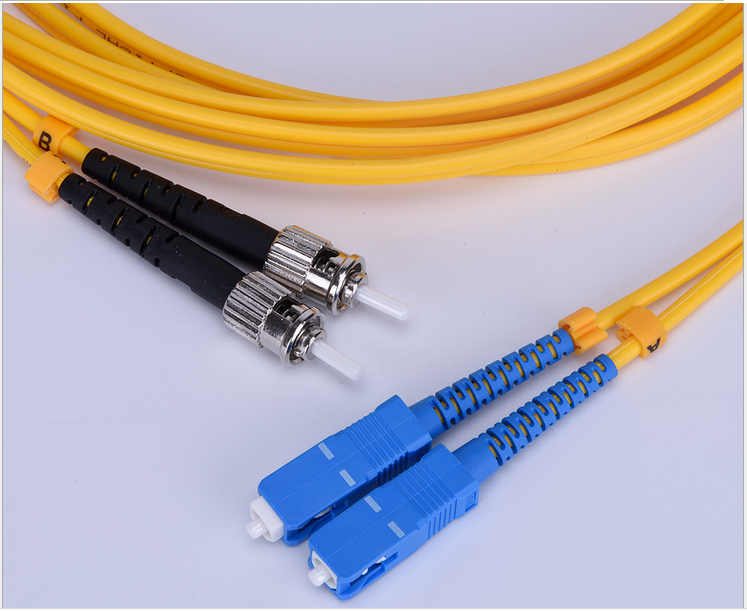
Applications
- Inside buildings : Suitable for complex cabling environments.
- Data centers : High Density Cabling Needs.
- Communications longue distance : Transmission de signal stable.
- Industrial automation : Transmission of control signals and data.
- Medical equipment : High-resolution image transmission.
ZMS Flexible Optical Cables
ZMS Cable offers high quality flexible optical cables, ensuring stable and efficient signal transmission. Our cables are suitable for various application scenarios, such as data centers, long distance communications and industrial automation. ZMS Cable also offers personalized services, including packaging and transportation, to meet your specific needs. Choose ZMS, you will benefit from reliable products and professional service.
If you need more information, do not hesitate to contact us !
